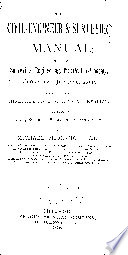 | Michael McDermott - Civil engineering - 1879 - 540 pages
...angle. We will arrange Napier's rules as follows, where co. = complement of the angles or hypothenuse. Sine of the middle part, Is equal to the product of the tangents of the adjacent parts. Is equal to the product of the cosines of the opposite parts. Sine... | |
 | George Albert Wentworth - Trigonometry - 1882 - 232 pages
...I. The sine of the middle part is equal to the product of the tàagents of the aàjacent parts. Rule II. The sine of the middle part is equal to the product of the cosincs of the apposite parts. These Rules are easily remembered by the expressions, tan. ad. and cos.... | |
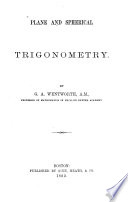 | George Albert Wentworth - Trigonometry - 1882 - 160 pages
...immediately adjacent are called adjacent parts, and the other two are called opposite parts. Rule I. The sine of the middle part is equal to the product of the tangents of the aAjacent parts. Rule II. The sine of the middle part is equal to the product of the... | |
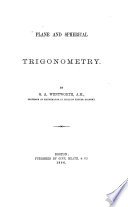 | George Albert Wentworth - Trigonometry - 1884 - 330 pages
...immediately adjacent are called adjacent parts, and the other two are called opposite parts. Rule I. The sine of the middle part is equal to the product of the \asigents of the aAjacent parts. Rule II. The sine of the middle part is equal to the product of the... | |
 | George Albert Wentworth - 1887 - 346 pages
...I. The sine of the middle part is equal to the product of the tangents of the adjacent parts. Rule II. The sine of the middle part is equal to the product of the famines, of the opposite parts. These Rules are easily remembered by the expressions, tan. ad. and... | |
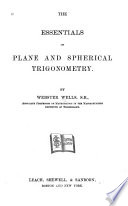 | Webster Wells - Trigonometry - 1887 - 200 pages
...are called the adjacent parts, and the remaining two the opposite parts. Then Napier's rules are : I. The sine of the middle part is equal to the product of the tangents of the adjacent parts. II. The sine of the middle part is equal to the product of the cosines... | |
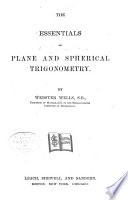 | Webster Wells - Trigonometry - 1887 - 196 pages
...are : I. The sine of the middle part is equal to the product of the tangents of the adjacent parts. II. The sine of the middle part is equal to the product cf the cosines of the opposite parts. 146. Napier's rules may be proved by taking each of the circular... | |
 | Thomas Marcus Blakslee - Trigonometry - 1888 - 56 pages
...the complements of the opposite angles, and the complement of the hypotenuse. His rules are : RULE I. The sine of the middle part is equal to the product of the iangents of the adjacent parts. (4) | cos Л = cosa cos 6 = cot A cot J5|(4) I. By (Сотр. Ay.)... | |
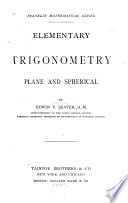 | Edwin Pliny Seaver - Trigonometry - 1889 - 306 pages
...of a middle part is equal to the product of the tangents of the adjacent parts. (ii) The sine of a middle part is equal to the product of the cosines of the opposite parts* To prove these rules, let them be applied to the spherical right triangle (Fig. 69),... | |
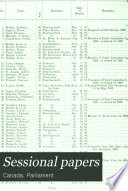 | Canada - 1893 - 1092 pages
...figure the following Napier's principle for the solution of right-angled spherical triangles : — " The sine of the middle part is equal to the product of the tan" gents of the adjacent parts." 2. In a right-angled spherical triangle given the other two angles,... | |
| |